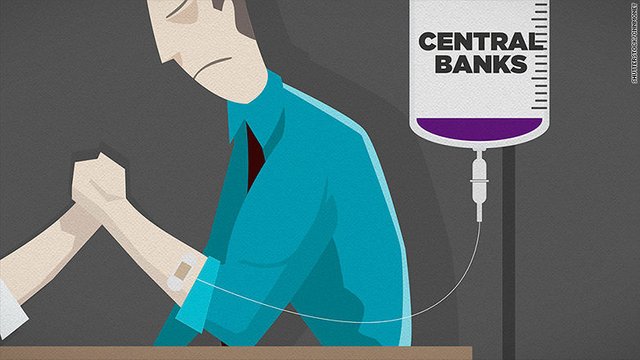Financial Impact Of Central Bank Digital Currencies

For Bank for International Settlements (BIS), the monetary authorities must make a “cautious study” of the implications before issuing virtualized versions of their currencies.
Investors look at bitcoin and cryptocurrency as a way to make money. Banks look at it dreadfully but have no plan to stop studying blockchain as a way to reduce costs. Companies from various industries are beginning to understand the potential of the blockchain to increase operational efficiency. Governments also have not ignored this tech and are following this blockchain technology. Additionally, in recent years, interest in the digital currencies of central banks has grown.
Some financial authorities have begun to think about the possibility of issuing, at some point in the future, their own digital currencies. This would be a solution for countries where the use of banknotes and money is falling rapidly, as is the case in Sweden. There are several reasons why this could happen.
First, there is a growing interest in creating innovations in the traditional financial system.
Second, the increasing number of companies acting as payment medium intermediaries shows the need to make changes to the current system.
Third, reducing the use of paper money by populations also indicates that it may be necessary to change the way things work.
Finally, there is finally technology available – and, for many, reliable – for that.

Knowing this, the Bank for International Settlements (BIS) – considered by many as the “central bank of central banks” – decided to study the matter. The institution warned that central banks should carefully study the implications of using official digital currencies, especially in monetary policy and the stability of the country.
Findings were presented in a report, made by the Committee on Payments and Market Infrastructures (CPMI). In the paper, they analyze the potential implications of this technology for payment systems, monetary policy implementation and financial system transmissions, structure and sustainability.
BIS says central bank digital currencies (or CBDCs) may be a new form of money. However, many choices that need to be made by the monetary authorities. Such as the degree of anonymity of the use of money, the availability of the use (if it can be used 24 hours a day) and whether there will be some type of interest payment.
Another important issue is the use of assets. Some central banks discuss the possibility of creating the digital currency so that citizens have a new means of payment, an alternative to money. Another way, according to the BIS, would be to create a digital currency for use only by large financial institutions. In this case, the asset would be used more as a form of reserve and exchange for large amounts.
Regarding monetary policy, BIS states that the issuance of digital coins would not change the basic mechanics of its implementation. However, the bank warns that in times of instability, people could rush into the digital assets of the monetary authorities. This would require greater interference by central banks in the financial system.
And if digital currencies were viewed as an attractive financial asset, it could have an unwanted impact: money issued digitally could be the target of financial speculation, which would cause distortions.
What are your thoughts? Comment below.
Make Sure To Follow Us On
Steemit- https://steemit.com/@thecoinowl
Instagram- https://www.instagram.com/thecoinowl/
Twitter- https://twitter.com/_OvO_TheCoinOwl?lang=en
Facebook- https://www.facebook.com/TheCoinOwl/
For future viewers: price of bitcoin at the moment of posting is 8400.00USD